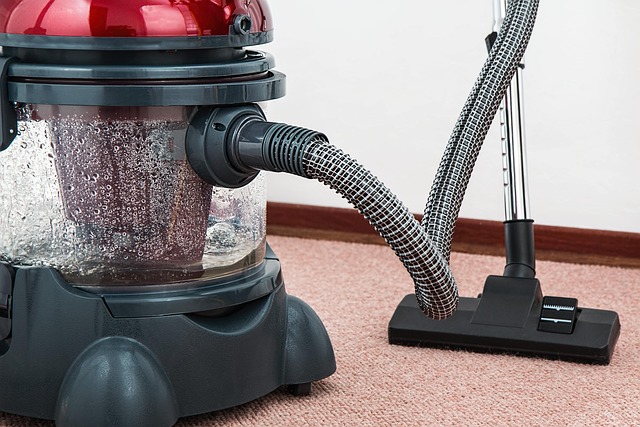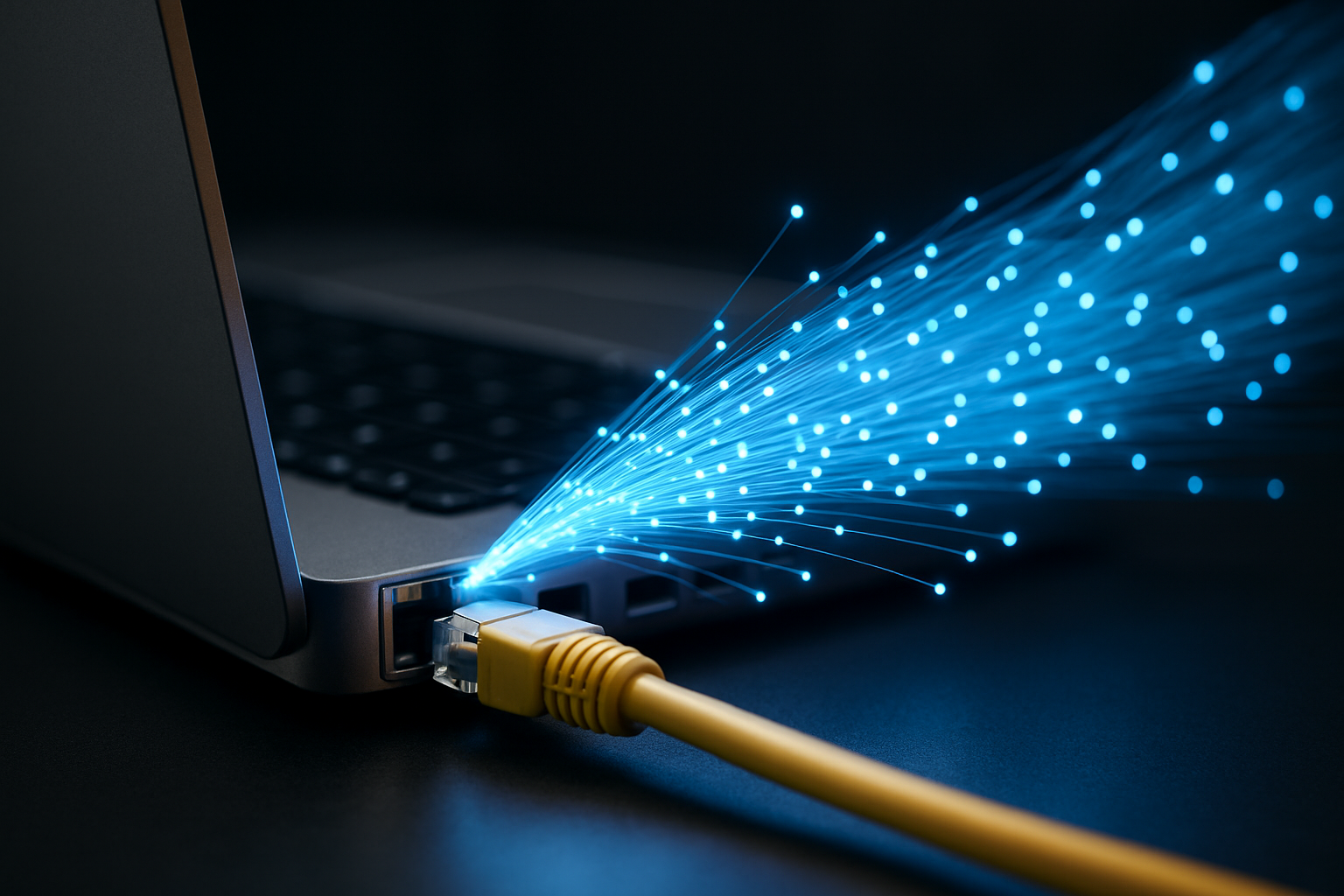Air Duct Cleaning: What You Need to Know
Air duct cleaning is an essential service that helps maintain the quality of indoor air and the efficiency of HVAC systems. As homeowners and businesses become more aware of the importance of clean air, understanding the process and benefits of air duct cleaning has become crucial. This article will explore the various aspects of air duct cleaning, including how providers approach the task, differences between service providers, and factors that influence the cost and scope of these services.

How do providers approach inspection and dust removal?
When it comes to air duct cleaning, professional providers typically follow a systematic approach to ensure thorough inspection and effective dust removal. The process usually begins with a comprehensive inspection of the ductwork using specialized cameras or other diagnostic tools. This allows technicians to assess the extent of contamination and identify any potential issues, such as leaks or damage.
Once the inspection is complete, providers employ various methods to remove dust, debris, and contaminants from the ductwork. Common techniques include:
-
Negative air pressure: This method uses powerful vacuum equipment to create negative pressure within the duct system, pulling contaminants out while preventing them from spreading to other areas of the home.
-
Brushing and agitation: Technicians use specialized brushes and agitation tools to dislodge stubborn debris from the duct surfaces, making it easier to remove.
-
Air washing: High-pressure air nozzles are used to blast away dust and debris, which is then collected by the vacuum system.
-
HEPA filtration: Many providers use HEPA (High-Efficiency Particulate Air) filters to capture fine particles and ensure that cleaned air is returned to the living space without introducing new contaminants.
What are the differences between local companies and larger cleaning providers?
When choosing an air duct cleaning service, homeowners and businesses often face the decision between local companies and larger, national providers. Each option has its own set of advantages and potential drawbacks.
Local companies:
-
Often provide more personalized service and attention to detail
-
May have a better understanding of local environmental factors affecting air quality
-
Typically offer more competitive pricing due to lower overhead costs
-
Can be more flexible with scheduling and responsive to customer needs
-
May have established relationships within the community
Larger cleaning providers:
-
Generally have more extensive resources and advanced equipment
-
Often employ technicians with standardized training and certifications
-
May offer a wider range of related services (e.g., HVAC maintenance, indoor air quality testing)
-
Could have more consistent quality control measures in place
-
Might be able to handle larger or more complex projects more efficiently
What factors influence the cost and scope of air duct cleaning services?
The cost and scope of air duct cleaning services can vary significantly depending on several factors. Understanding these factors can help consumers make informed decisions and budget appropriately for the service.
-
Size of the property: Larger homes or commercial buildings with more extensive ductwork will naturally require more time and resources to clean, increasing the overall cost.
-
Complexity of the duct system: Systems with multiple branches, tight spaces, or difficult-to-reach areas may require specialized equipment or additional labor, affecting the price.
-
Level of contamination: Heavily contaminated ducts or those with mold growth will require more thorough cleaning and possibly additional treatments, which can increase costs.
-
Type of ductwork: Different materials (e.g., metal, fiberglass, flex ducts) may require specific cleaning methods, potentially impacting the price.
-
Additional services: Some providers offer extra services such as sanitizing, deodorizing, or applying protective coatings, which can add to the overall cost.
-
Geographical location: Prices may vary depending on the region, local competition, and cost of living in the area.
-
Frequency of cleaning: Regular maintenance may result in lower costs per cleaning session compared to one-time or infrequent cleanings.
| Provider Type | Average Cost Range | Typical Scope of Services |
|---|---|---|
| Local Companies | $300 - $700 | Basic duct cleaning, visual inspection |
| National Chains | $450 - $1,000 | Comprehensive cleaning, video inspection, additional HVAC services |
| Specialized Services | $700 - $2,000+ | Advanced cleaning methods, mold remediation, air quality testing |
Prices, rates, or cost estimates mentioned in this article are based on the latest available information but may change over time. Independent research is advised before making financial decisions.
When considering air duct cleaning, it’s essential to obtain multiple quotes and ask detailed questions about the scope of services offered. While cost is an important factor, it shouldn’t be the only consideration. The quality of service, reputation of the provider, and thoroughness of the cleaning process are equally crucial in ensuring the best results for your indoor air quality and HVAC system efficiency.
In conclusion, air duct cleaning is a valuable service that can contribute to a healthier indoor environment and improved HVAC system performance. By understanding how providers approach the task, recognizing the differences between local and larger companies, and considering the factors that influence cost and scope, consumers can make well-informed decisions when selecting an air duct cleaning service that best meets their needs and budget.




